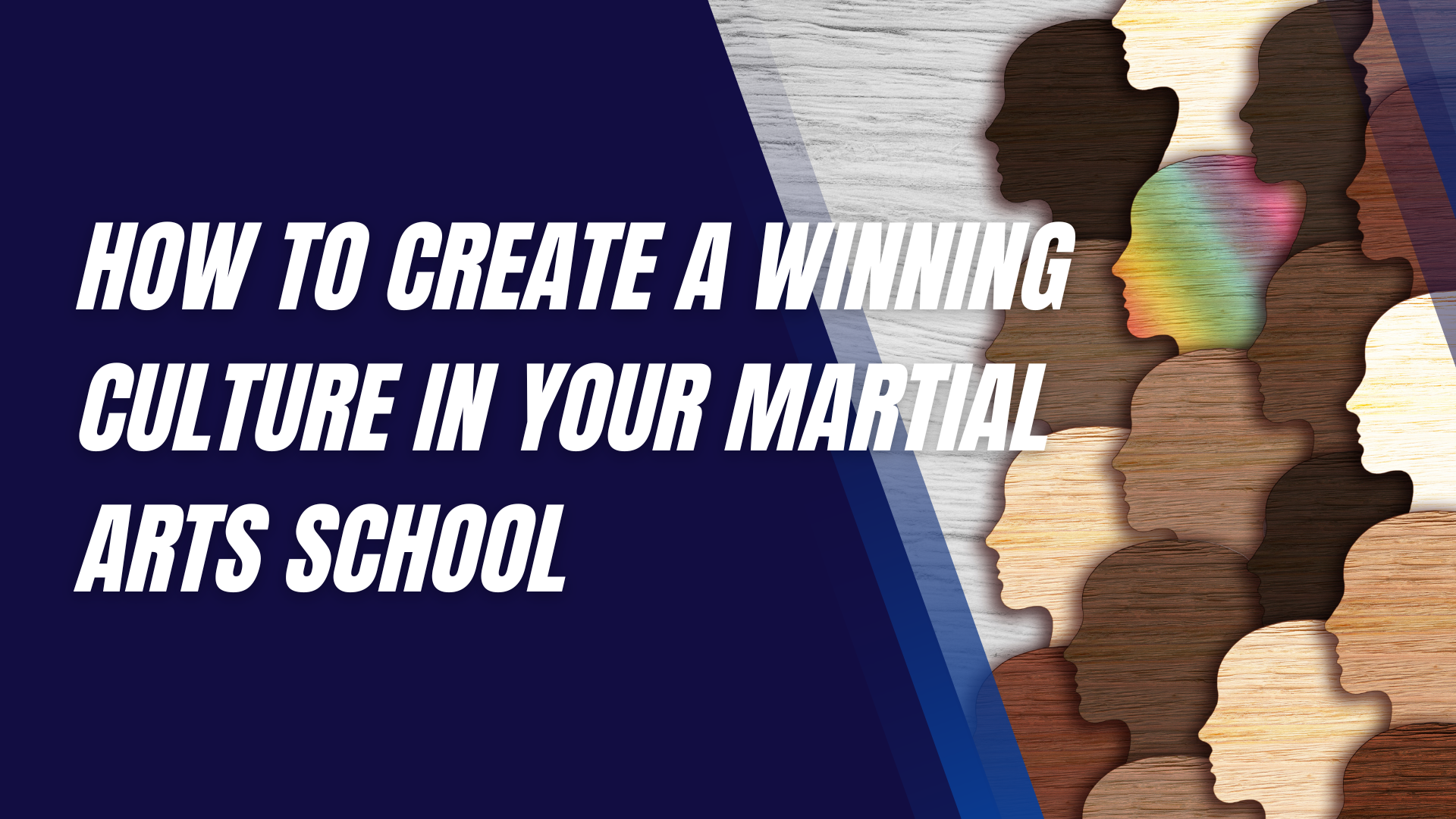The History of Martial Arts in the Philippines
Martial arts in the Philippines boast a rich and diverse history, deeply intertwined with the nation's culture and traditions.
These arts, known collectively as Filipino Martial Arts (FMA), encompass a wide range of combat styles that have evolved over centuries. From the indigenous techniques of ancient tribes to the modern practices popularized globally, Filipino martial arts hold a significant place in the country's heritage.
Ancient Roots
The roots of Filipino martial arts trace back to the early inhabitants of the archipelago. Indigenous tribes developed various fighting techniques for hunting, self-defense, and tribal warfare. These early forms of combat, often involving sticks, blades, and hand-to-hand techniques, laid the foundation for the sophisticated martial arts systems that would later emerge.
Spanish Colonial Era
The arrival of Spanish colonizers in the 16th century marked a transformative period for Filipino martial arts. The Spanish influence led to the introduction of new techniques and the blending of indigenous practices with European styles. This period saw the formalization of many martial arts techniques into structured systems. The Spanish also imposed a ban on carrying weapons, which led to the development of stick fighting as a covert means of practicing combat skills.
American Colonial Period
During the American colonial period, Filipino martial arts continued to evolve. The introduction of Western boxing and wrestling influenced local fighting styles, resulting in a more diverse martial arts landscape. This era also saw the beginning of formal martial arts training schools, which played a crucial role in preserving and promoting Filipino martial arts.
World War II Influence
World War II had a profound impact on Filipino martial arts. The Japanese occupation forced many Filipinos to rely on their combat skills for survival and resistance. Martial arts became a vital part of the guerrilla warfare tactics used against the occupying forces. This period also highlighted the effectiveness of Filipino martial arts in real combat situations, further solidifying their importance.
Modern Era of Filipino Martial Arts (FMA)
Post-World War II, Filipino martial arts experienced a resurgence. Influential masters like Grandmaster Remy Presas, founder of Modern Arnis, played pivotal roles in the development and popularization of FMA. These masters codified techniques and created standardized training methods, making it easier to teach and spread Filipino martial arts both locally and internationally.
Key Filipino Martial Arts Styles
Eskrima/Arnis/Kali
One of the most well-known Filipino martial arts, Eskrima (also known as Arnis or Kali), focuses on stick and blade fighting. This style emphasizes fluid motion, precision, and speed, with practitioners often starting with sticks before transitioning to bladed weapons and empty-hand techniques.
Sikaran
Sikaran is a Filipino martial art that centers on powerful kicking techniques. Originating from the Tagalog region, Sikaran combines traditional martial arts movements with modern influences, making it a unique and dynamic style.
Panantukan
Panantukan, often referred to as Filipino boxing, integrates elements of Western boxing with traditional Filipino striking techniques. This style emphasizes close-quarter combat, utilizing punches, elbows, and other striking methods.
Training Methods and Philosophy
Traditional training methods in Filipino martial arts involve rigorous practice with weapons, as well as empty-hand techniques. Practitioners train in drills known as "sinawali" to develop coordination and rhythm. The philosophy of FMA emphasizes adaptability, practicality, and the seamless integration of various techniques to form a comprehensive combat system.
Global Influence and Popularity
Filipino martial arts have gained international recognition and popularity. Martial artists worldwide have incorporated FMA techniques into their training, and FMA practitioners are highly respected in the global martial arts community. The versatility and effectiveness of Filipino martial arts have made them a staple in many modern self-defense and combat training programs.
Martial Arts in Filipino Culture
Martial arts are deeply embedded in Filipino culture, with representations in movies, television, and literature. Festivals and competitions celebrating FMA attract practitioners and enthusiasts from around the world, showcasing the rich heritage and dynamic nature of Filipino martial arts.
Notable Practitioners and Masters
Several practitioners and masters have significantly contributed to the development and promotion of Filipino martial arts. Grandmasters like Remy Presas, founder of Modern Arnis, and Dan Inosanto, a protégé of Bruce Lee, have played crucial roles in bringing Filipino martial arts to a global audience.
Women in Filipino Martial Arts
Women have made significant contributions to Filipino martial arts, both as practitioners and instructors. Notable female martial artists, such as Gina Inosanto, have helped break gender barriers and inspire future generations of female martial artists.
Challenges and Preservation
Despite its rich history, Filipino martial arts face challenges in modern times. The globalization of martial arts has led to the dilution and commercialization of traditional practices. However, dedicated practitioners and organizations are working tirelessly to preserve and promote the authenticity of Filipino martial arts.
Martial Arts Schools and Organizations
Several schools and organizations are dedicated to teaching and preserving Filipino martial arts. These institutions play a vital role in standardizing practices, conducting competitions, and promoting the rich heritage of FMA.
Final Thoughts
The history of martial arts in the Philippines is a testament to the resilience and adaptability of the Filipino people. From ancient tribal combat techniques to modern-day self-defense systems, Filipino martial arts continue to evolve and thrive. As practitioners
worldwide embrace these arts, the legacy of Filipino martial arts remains strong, ensuring that they will continue to be a significant part of the global martial arts community.
Interested in trying a martial arts class? Find an affiliated academy anywhere in the country by clicking here.
Have your own martial arts program? Get to know more about what we have to offer at Ground Standard Agency for helping martial arts businesses grow.
Email us at info@groundstandard.com, or call and text us at (732) 907-8920 today to learn how to start growing your own academy, school, dojo, or gym with us as well.
Share this article












